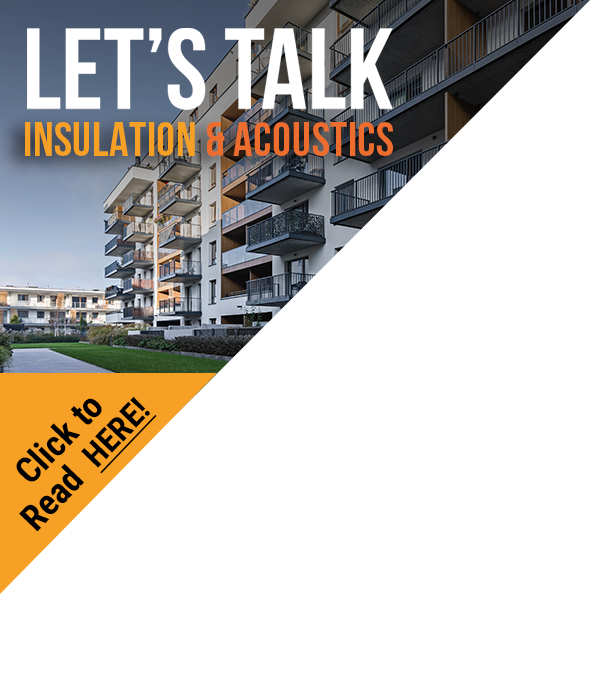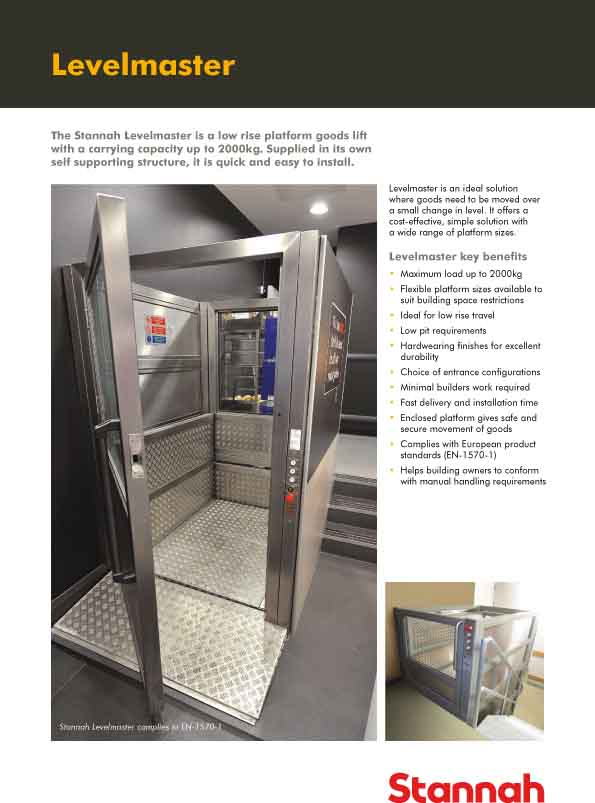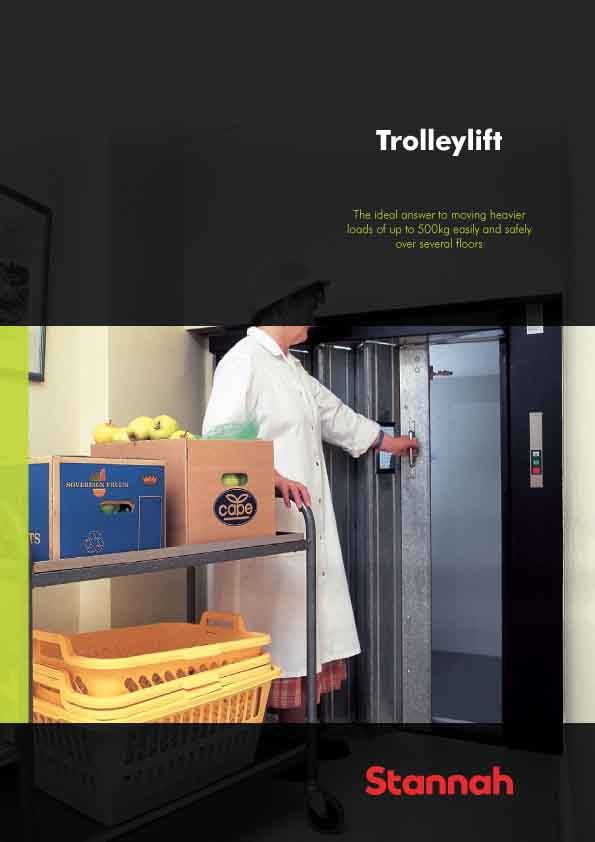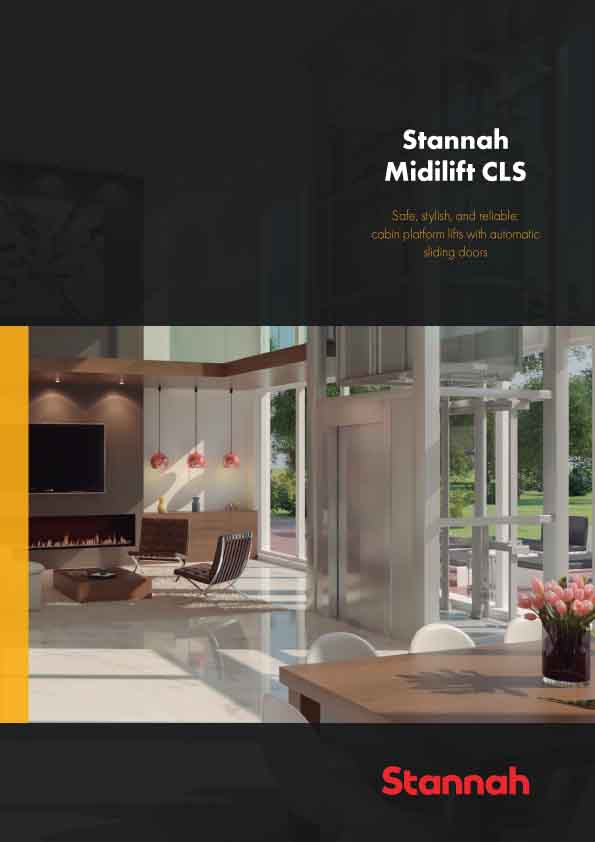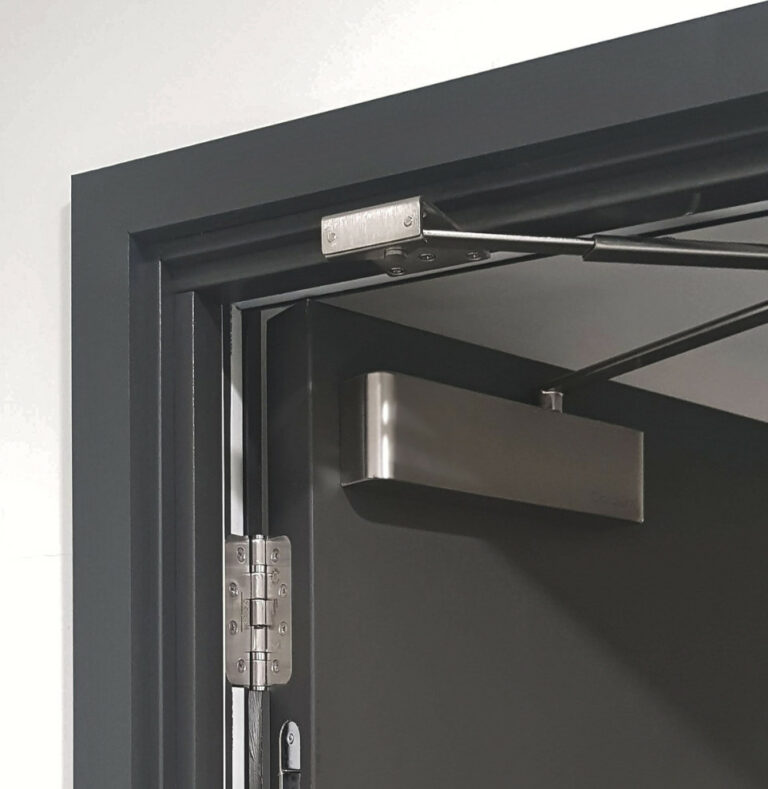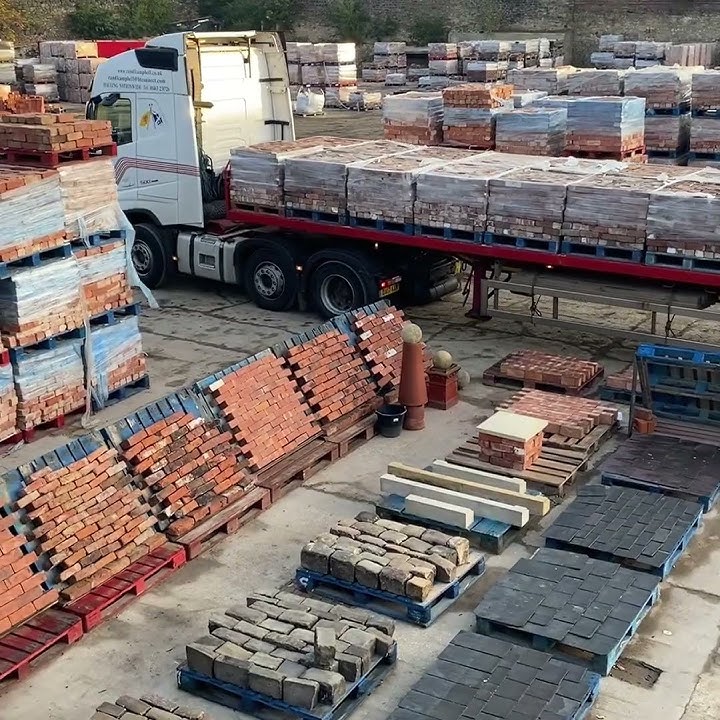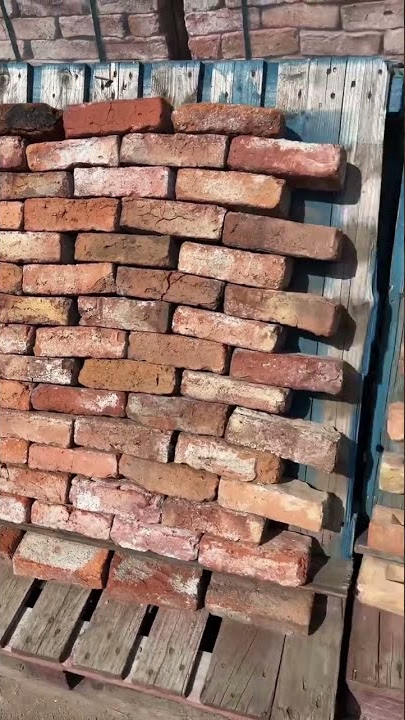The Green Construction Board (GCB) and the Institution of Civil Engineers have jointly published the Low Carbon Concrete Routemap for consultation.
The work is produced by the GCB’s Infrastructure Working Group under the auspices of the Low Carbon Concrete Group.
The Routemap sets out recommendations and actions to drive out carbon from concrete. These include proposals across seven strands, with chapter eight being a summary that includes a timeline for improvements.
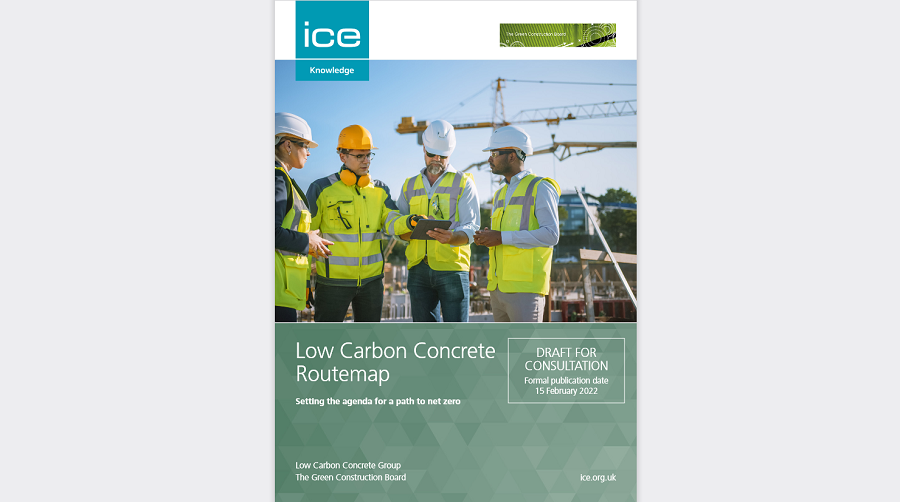
Chris Newsome, GCB member and chair, said: “Concrete is the most ubiquitous of construction materials. In the UK it accounts for 1% of greenhouse gas emissions but globally, the cement production carbon emissions associated with concrete utilisation could be as high as 8-9%.
“As we aim to build back better in the post-Covid world, we need to work even harder to reduce or eliminate carbon from the assets we seek to construct.This Routemap has been created by a wide range of experts, each of whom has volunteered their time willingly. They represent a full cross-section of the value chain involved in specifying, designing, constructing and supplying materials for buildings and infrastructure.
“The Routemap sets out recommendations and actions to drive out carbon from concrete. It has been published jointly by the Green Construction Board and the Institution of Civil Engineers to ensure ongoing ownership, commitment and drive.”
Responses should be sent before the deadline to: lccgroutemap2022@gmail.com.
You can also respond through Survey Monkey. Please see the link here: https://www.surveymonkey.co.uk/r/ZSLJC76.
Andrew Mullholland Chair of the Low Carbon Concrete Group, explained: “The challenge before us is as clear as it has ever been, and with that challenge comes the realisation that we must meet it head-on with all of the tools available to us now, without surrendering that responsibility to the generation that follows us.
“As we publish the Routemap, it is important to understand that this document does not simply represent an assembly of good ideas – rather, the strategies set out in each strand are signposts for a cooperative interaction between science-based technology, available materials, skills, knowledge and approaches to design and delivery that creates an enhanced combined effect.
“The Routemap sets out its proposals across seven strands, with chapter eight being a summary that includes a timeline for improvements. The legislative focus is on 2050; however, our aim is to have in place a new norm by 2035 by adopting a staged approach beginning immediately.
“There is no one silver bullet to address carbon reduction in the construction industry and it remains the case that some technologies are not yet mature enough to contribute to meaningful reductions until beyond 2035. Therefore, the focus of the Routemap is on demonstrating what we can use today in terms of materials, how we can develop better construction methods and how we can utilise clever design approaches, as well as what actions are required and by when to simplify the specification of cement and concrete.”
Consultation period ends on 7 January 2022.
